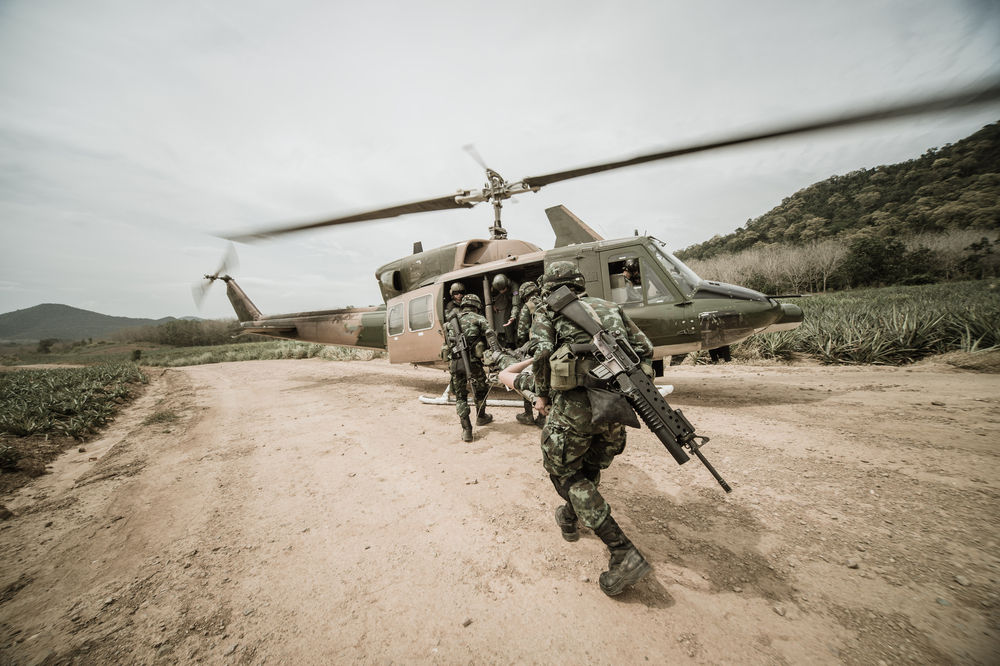
Amentum will be leading a team of federal technology and service providers – including FN America, Cole Engineering Systems, Cornet Technologies, and SoarTech – in developing a prototype of a Synthetic Training Environment (STE) Live Training System (LTS) Force-on-Force (FoF) solution by the U.S. Army Program Executive Office for Simulation, Training and Instrumentation.
The Army’s live training solutions are required to be able to simulate the effects of both direct and indirect fire weapons with an emphasis on simulation realism. Live training systems need to provide the user with an objective assessment of engagements, taking into account cumulative equipment damage, personnel casualties, and appropriate actions to treat casualties. The solutions also need to be realistic enough for personnel to have confidence in their training performance evaluations.
The system under development uses sensor-based technology combined with embedded optics with computer vision software. It can easily be mounted on the rail of a weapon system to create a “train-as-you-fight” approach. The system will provide trainers and exercise control officers with real-time feedback of the shooter’s performance in a FoF environment that accounts for the physical effects occlusions. This will eliminate the limitations of current laser-based training systems and ensure realism, mobility, and optimal training effectiveness.
Amentum will be leading a team of federal technology and service providers – including FN America, Cole Engineering Systems, Cornet Technologies, and SoarTech – in developing a prototype of a Synthetic Training Environment (STE) Live Training System (LTS) Force-on-Force (FoF) solution by the U.S. Army Program Executive Office for Simulation, Training and Instrumentation. The contract comes through the Training and Readiness Accelerator (TReX) consortium.
The Army’s live training solutions are required to be able to simulate the effects of both direct and indirect fire weapons with an emphasis on simulation realism. Live training systems need to provide the user with an objective assessment of engagements, taking into account cumulative equipment damage, personnel casualties, and appropriate actions to treat casualties. The solutions also need to be realistic enough for personnel to have confidence in their training performance evaluations.
The system under development uses sensor-based technology combined with embedded optics with computer vision software. It can easily be mounted on the rail of a weapon system to create a “train-as-you-fight” approach. The system will provide trainers and exercise control officers with real-time feedback of the shooter’s performance in a FoF environment that accounts for the physical effects occlusions. This will eliminate the limitations of current laser-based training systems and ensure realism, mobility, and optimal training effectiveness.
“Under this agreement, we are developing solutions that help the Army exceed its modernization and training requirements,” said Dr. Paul Cummings, Amentum’s Vice President of Transformational Training. “We are pleased to have this opportunity to revolutionize live training systems for our warfighters, enhancing their effectiveness and interoperability.”
